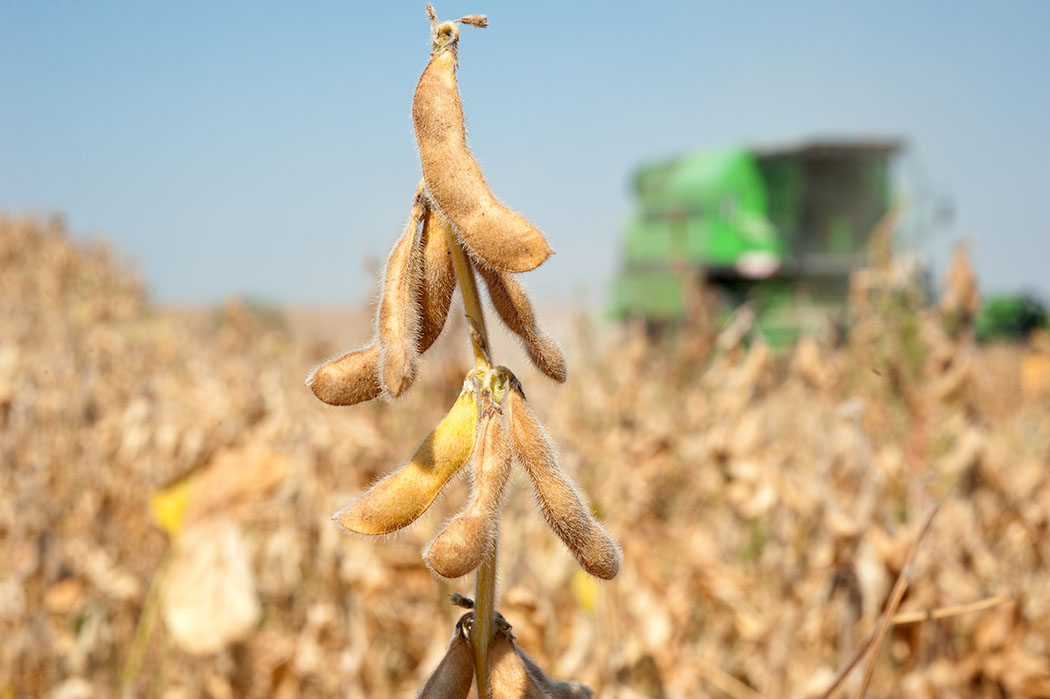
American soybean farmers are in the grip of a soybean export crisis. China, once the largest buyer of U.S. soybeans, has pulled back due to retaliatory tariffs and turned its imports toward Brazil. With harvest season around the corner, U.S. growers are watching with growing alarm as export sales stall and financial stress mounts.
The Cost of Trade Tensions
The return of high tariffs has pushed China’s duty on U.S. soybeans about 20% higher than on soybeans from South America—effectively pricing U.S. growers out of the Chinese market. This has triggered a soybean export crisis, as China has not placed a single new order for the upcoming U.S. crop marketing year 2025/26. Instead, China is purchasing from Brazil and Argentina.
Financial Stress Hits Home
The American Soybean Association (ASA) has starkly warned:
“Soybean farmers are under extreme financial stress. Prices continue to drop while inputs and equipment costs rise. U.S. soybean farmers cannot survive a prolonged trade dispute with our largest customer.”
Adding urgency, ASA President Caleb Ragland described farmers as standing on a “trade and financial precipice” and emphasized that the lack of export demand risks driving many out of business.
Farmers Respond: What’s Being Done
In response to the crisis, soybean farmers and their advocates are taking action:
- Direct appeal to leadership: The ASA penned a letter urging the U.S. President to negotiate a trade deal with China that includes meaningful soybean purchases to restore market access.
- Diversification efforts: Farmers are considering other markets, but none can match China’s scale. While diversification is underway, restoring U.S. competitiveness in China remains critical.
What’s at Stake
The soybean export crisis is not just about volume—it’s about viability. With input costs rising and prices falling, growers are watching their margins vanish. Without Chinese buyers, the outlook for the 2025 harvest looks especially grim.
What Comes Next?
Several developments may shape the path forward:
- Trade negotiations: Farmers are urging renewed and productive talks with China to lift tariffs or come to an export deal.
- Policy support: While subsidies and aid packages have been used in the past, many farmers stress that long-term market access—not temporary relief—is what ultimately sustains their livelihoods.
- Continued diversification: Though China remains unmatched in demand, expanding into other global markets may offer partial relief.
Summary Table
| Issue | Impact on Farmers |
|---|---|
| Soybean export crisis | No new orders from China — key market lost to Brazil/Argentina |
| Financial stress | Falling prices + rising costs = unsustainable margins |
| Farmer actions | Urging trade negotiations; exploring alternative markets |
| Next steps | Needs urgent trade fix, better policy, and market diversification |



